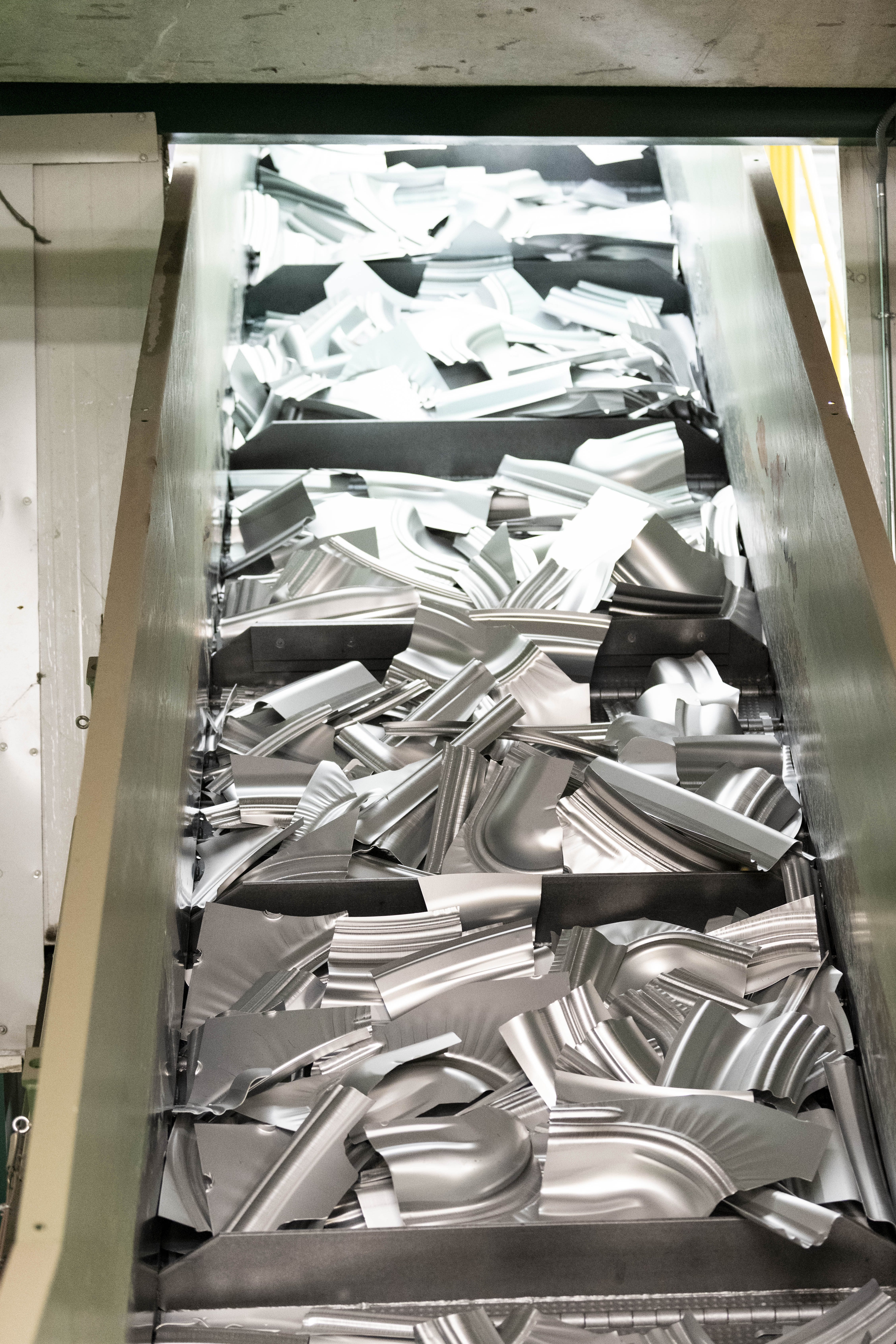Automotive recycling: preserving resources and reducing our impact
Published on

Recycling parts and materials from our end-of-life vehicles to reincorporate them into the manufacturing of new cars is a strong axis of the Group’s environmental strategy to limit the depletion of natural resources and reduce greenhouse gas emissions resulting from the company’s activities. Here’s how.
You've been through thick and thin together, hit the road together, shared life moments, but alas, after all these years of good and loyal service, your beloved car is ready for the scrapyard... but is it really the end? Is there a second life for our road companions? The answer is yes. Thanks to recycling, an essential step in the automotive circular economy that allows old materials to be reincorporated into the manufacturing of new cars.
How does car recycling work? What are the main steps? How can we turn our old cars into a resource? What about electric vehicles? A look back at Renault Group's strategy in automotive recycling.

Automotive Recycling: a key step in the automotive circular economy
The circular economy is a strong axis of our environmental strategy. To reduce our impact, we act at every stage of the vehicle's life cycle by reducing resource consumption, reducing the number of parts and materials needed to manufacture our vehicles, extending the lifespan of our products through repair, including the repair of electric car batteries, before the recycling stage of end-of-life vehicles.
Renault Group is responsible for managing end-of-life vehicles of its brands
An end-of-life vehicle (ELV) refers to a car that has reached the end of its life, either because it is no longer roadworthy like accident vehicles, or because its repair is not economically viable. Considered as waste, its recycling represents a major environmental challenge as it allows the valorization of the parts and materials that make up the car, giving them a second life, but also limiting the extraction of new virgin materials. While at the European level the ELV directive is under revision, the management of end-of-life vehicles in France is governed by the AGEC law (anti-waste circular economy law). This regulation established in 2024 the extended producer responsibility (EPR), meaning the automaker.
Renault Group is now responsible for managing the ELVs of all its brands. Concretely, the company relies on its entity specialized in the automotive circular economy, The Future Is NEUTRAL, which has an entire ecosystem of partners and subsidiaries expert in each stage of recycling.
Collect, treat, reuse, recycle
The first step in treating an ELV is collection, which for our vehicles is free throughout France. Indra, a subsidiary of The Future Is NEUTRAL, has developed a collection service for individuals via its dedicated site Goodbye Car. These vehicles, along with cars from garages, insurance companies, etc., are then transported to approved ELV centers, real scrapyards, to be cleaned, depolluted, and dismantled. Parts still in working condition are extracted and sent to the after-sales circuit, and materials are recycled. In 2023, 400,000 ELVs were treated by the approximately 350 dismantling centers managed by Indra, allowing the reuse and recycling of more than 440,000 tons of material.

The challenge of closed-loop automotive recycling: from car to car
While automotive recycling has existed for many years, the challenge for a manufacturer like Renault Group is to reintroduce recycled automotive materials into the production of new cars. The carbon footprint of recycled material being lower than that of virgin material, using recycled materials is part of our decarbonization strategy as well as preserving the planet's resources. In recent years, Renault Group has developed several material loops, closed loops, from car to car. GAIA, another subsidiary of The Future Is NEUTRAL, operates such loops for copper, plastic, and platinum group metals, these precious metals used in exhaust systems.
Battery recycling will become essential by 2030
With the energy transition and the development of electric vehicles, battery recycling will also become essential. Especially since it will allow manufacturers to secure part of the necessary supply of strategic metals for the manufacturing of new batteries. It is estimated that the volumes of end-of-life batteries should grow from 2030-2035.
Giving a second life to our vehicles and their batteries is already a reality. So who knows, maybe when driving your new car, you'll be comfortably seated on a seat whose fabric was made from the scraps of the seat belts of your good old car…



